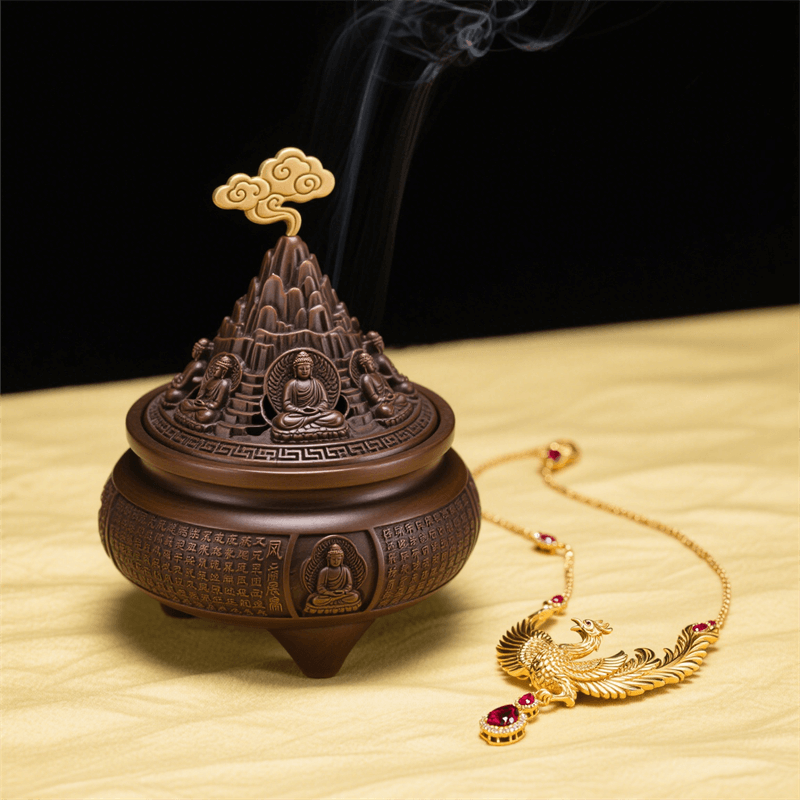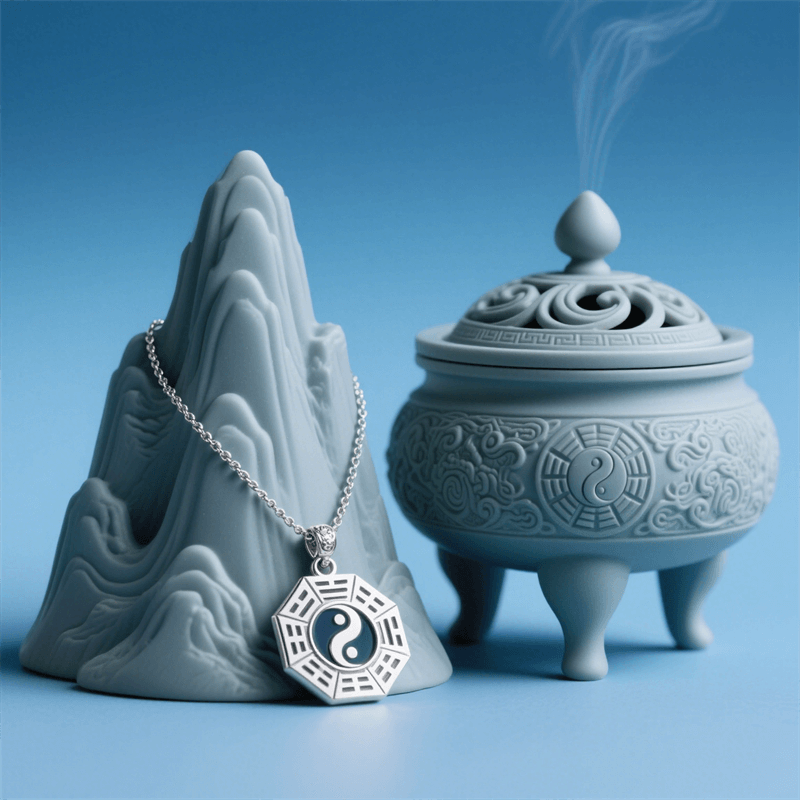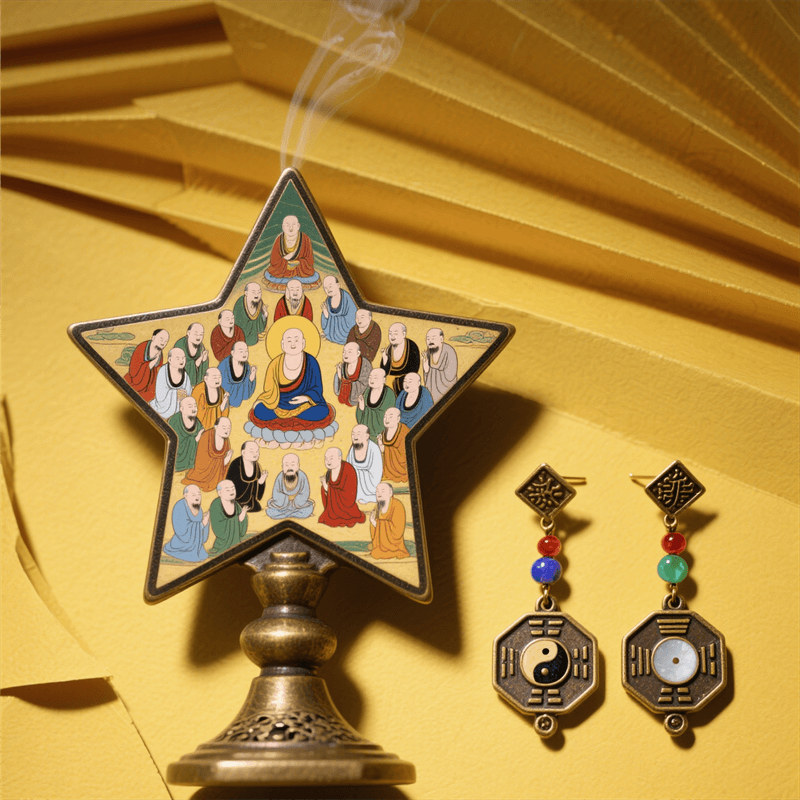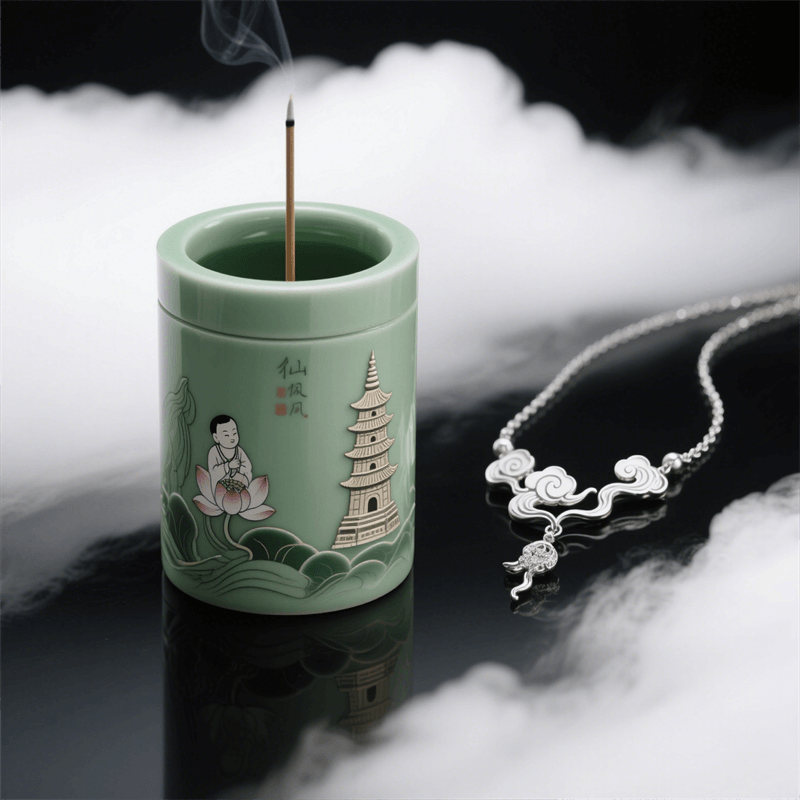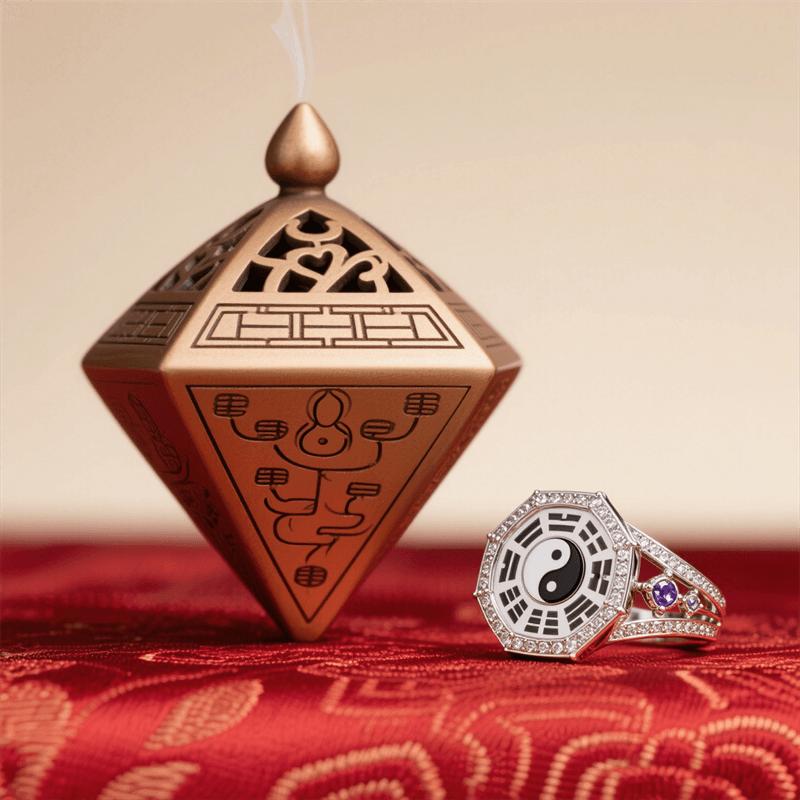In modern society, material abundance has not brought spiritual fulfillment, prompting designers to focus on injecting spiritual dimensions into life through design. Eastern philosophies’ concepts like “unity of mind and object” and “harmony between man and nature” provide a rich cultural foundation for such designs. By integrating Eastern thought into object designs, designers create works that evoke emotional resonance and bring inner peace. These designs prioritize not only functionality but also spiritual value. For example, some designers draw on Taoist “wu wei” (non-action), using minimalist forms and natural materials to convey a relaxed, natural attitude toward life. Others are inspired by Buddhist “compassion,” integrating warmth and inclusivity into works to help users alleviate stress and find inner tranquility.
The core of spiritual dimension design lies in “emotional resonance” and “soul connection.” Designers translate Eastern philosophical insights into design languages, endowing objects with spiritual healing functions. For instance, Feng Shui’s “qi” (energy) concept is transformed into attention to spatial energy flow through object layout and material choices, creating harmonious, balanced atmospheres. Such designs meet functional needs while offering spiritual comfort.
Moreover, spiritual dimension design promotes the integration of traditional culture with modern life. By embedding Eastern philosophical wisdom into everyday objects, designers present traditional culture in a more relatable way. For example, some designers incorporate Taoist “harmony between man and nature” into home designs, using natural materials and minimalist forms to create living spaces in harmony with nature. This design enhances life quality and brings spiritual fulfillment. As spiritual dimension design evolves, Eastern philosophies may offer inner peace and healing to more people globally.

